#hell's garden
Text
Hell's Garden, Chapter 12

"Snap out of it, soldier. This is real, we're here. It's not a dream or hallucination, or whatever other bullshit you're telling yourself."
He'd started to suspect as much, what with Curt's poking and prodding, the fresh gust of air as someone had opened the window, the sounds of the kettle and the microwave from the kitchen. That realization solidified and grew, churning in his stomach, making him sick with a sudden, crushing wave of emotion.
And then he heard it, the quick, clickety steps in the staircase, belonging to the woman who'd burrowed under his skin and stubbornly made her home there.
Karen.
Hell’s Garden, (46k words) Kastle post-Snap AU fic freshly updated on AO3!
14 notes
·
View notes
Text

I just watched Hell's Garden/Jigoku no Hanazono for the 4th time.
I'm still in shambles and I need more yuri like it please help
5 notes
·
View notes
Text
Spring Time Gardening
Archive
#video#gardening#spring#nude outdoors#outdoors#nudity#naturist#naturism#beautiful ass#cutie w a bootie#great butt#nice buns#beauty#sexy breasts#sexy content#adult model#sexy breast#beautiful girls#pretty girls#beautiful women#sexy titts#hot as hell#so hot 🔥🔥🔥#great bodi#hot nude#beautiful#hot as fuck#spicy content#mature
2K notes
·
View notes
Photo

Panel of hell (detail), Hieronymus Bosch
The Garden of Earthly Delights, c. 1480-1505
oil on panel, 220 x 390 cm (Prado)
1K notes
·
View notes
Text



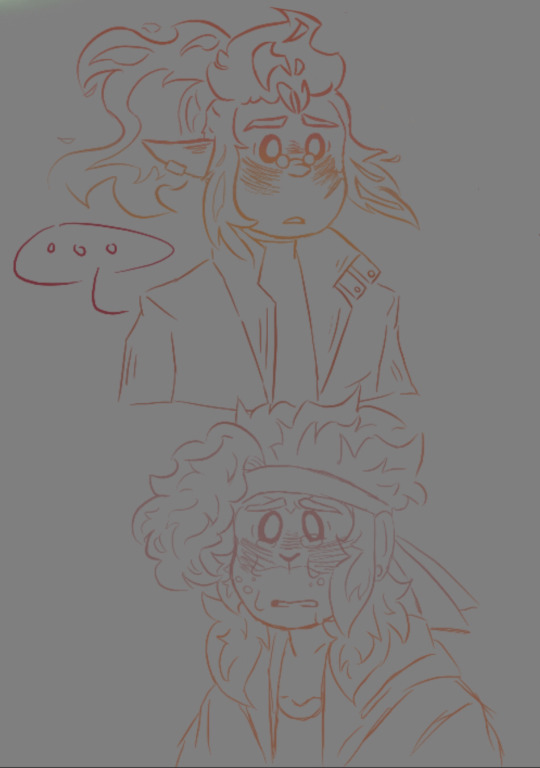
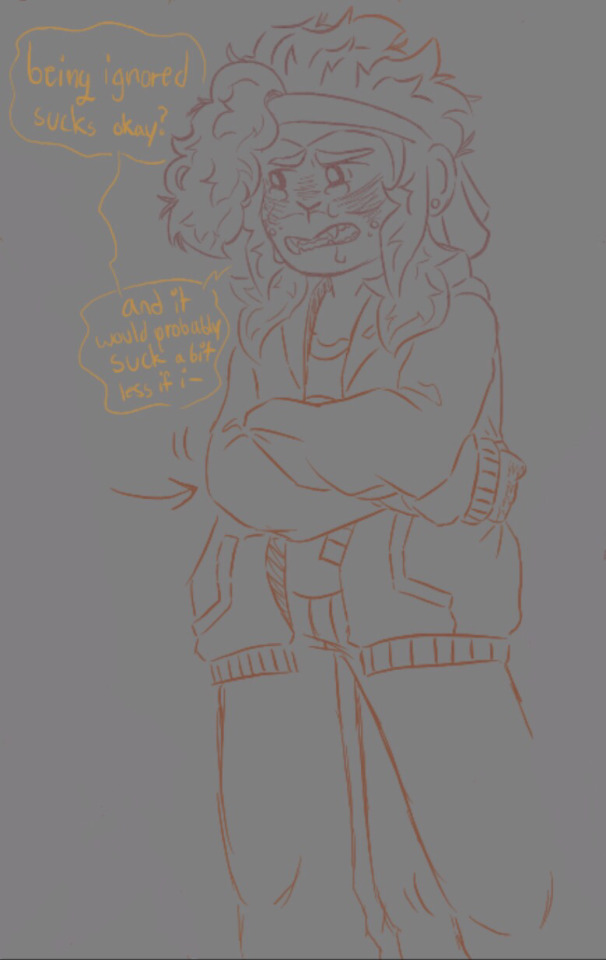
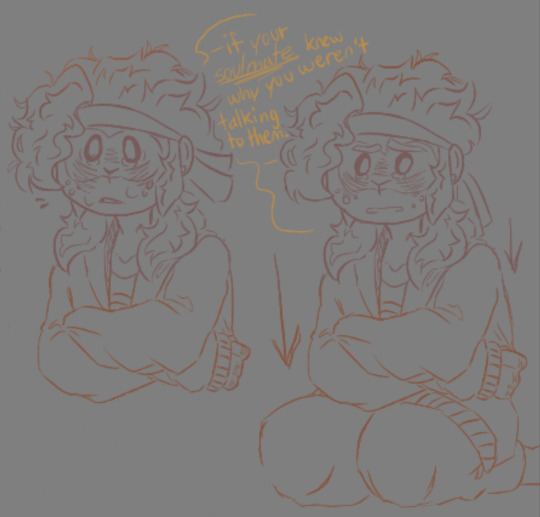
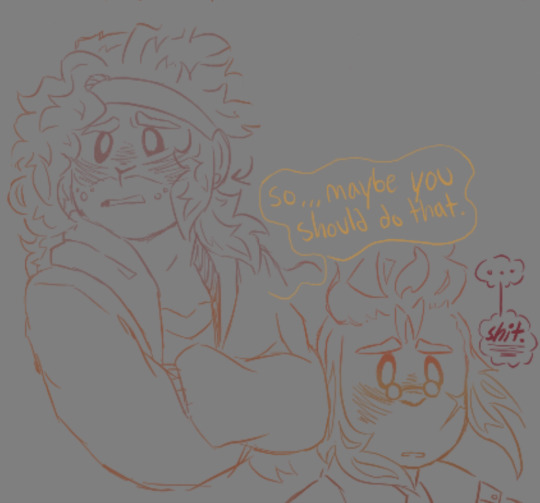
hello Tumblr User @pittdpeaches you ruined my life / j
#my art#doodles#lmk#lmk fanart#lego monkie kid#lmk mk#lmk qi xiaotian#qi xiaotian#lmk redson#lmk red son#redson#lmk spicynoodles#spicynoodleshipping#a garden across our collarbone#agaoc#THIS FIC TEARS ME APART#ITS SO GOOD ????#pitted me and my friend are convinced you sold your soul to be so talented at writing bc what the hell#head in hands#thats very slash pos btw#<33
1K notes
·
View notes
Text
*bracing myself on my knees and trying to breath, nursing a cramp*
I got here as fast as I can. I just wanted to point out that THIS…

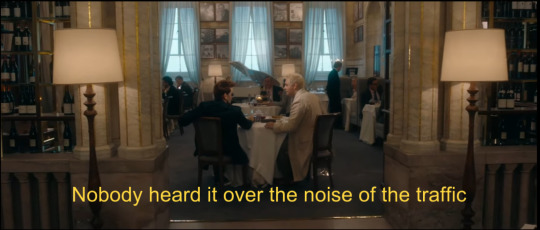
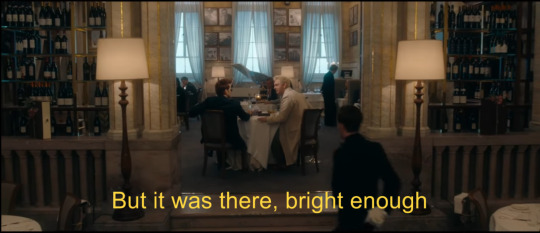
Is one of the gayest fucking lines of television I’ve heard in my life.
Even if the presence of the song itself somehow wasn’t a flashing spotlight enough, the literal voice of God directly draws attention to it. Telling us that in universe, a nightingale really is in fact singing in Barkley square, and to know its music is sweet regardless of if we can hear it. Just like there are really in fact angels (one fallen but we’ll let it slide) dining at the ritz, and they’ve been falling in love regardless of if they’ve been allowed to openly pursue that feeling.
And hell, maybe it’s BECAUSE of the traffic that the nightingale finally sings. Perhaps it wasn’t ready until it was sure no one else could listen.

#couldn't get this across but God's tone of voice on but it was there... is SO telling#there's such a cheekiness to it#part of leaving the garden means leaving that surveillance#being able to make free choices and do so PRIVATELY#WITHOUT fear of consequence#something beautiful and rare is happening at that table#and it's now NONE of heaven or hell's damn business#good omens#ineffable husbands#Crowley#aziraphale#season 1#a nightingale sang in Barkley square#episode 6#1x06#biceratops#meta#analysis
5K notes
·
View notes
Text
Things to Do that Aren't Related to Growing Plants
This is my second post in a series I’ll be making on how to increase biodiversity on a budget! I’m not an expert--just an enthusiast--but I hope something you find here helps!
Some of us just don’t have much luck when it comes to growing plants. Some of us simply want to aim for other ways to help that don’t involve putting on gardening gloves. Maybe you've already got a garden, but you want to do more. No problem! There’s a couple of options you can look into that’ll help attract wildlife in your area without even having to bring out any shovels!
Provide a Water Source
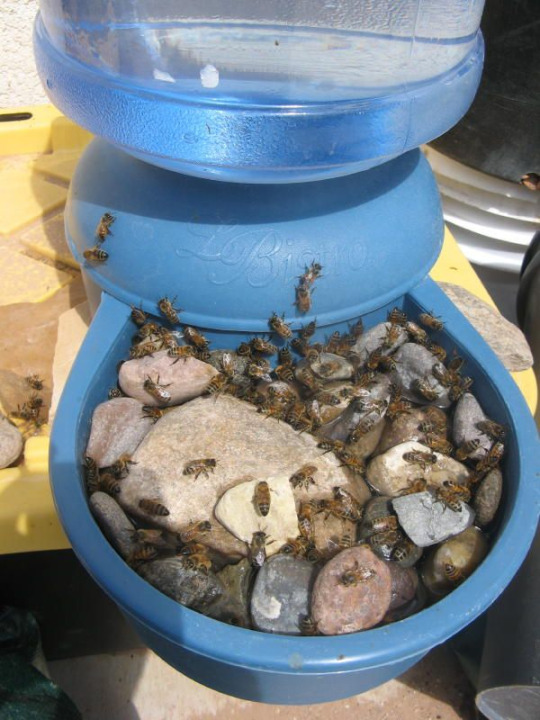
Oftentimes when I see ‘add a water source’ in informational articles about improving your backyard for wildlife, it’s almost always followed by an image of a gorgeous backyard pond with a waterfall and rock lining that looks expensive to set up, difficult to maintain, and overall just… not feasible for me. Arguably, not feasible for a lot of people. And that’s okay! There’s still ways to add water in your garden for all kinds of creatures to enjoy!
There’s tons of ways to create watering stations for insects like bees and butterflies. A self refilling dog bowl can work wonders! Add some stones into the receiving tray for insects to land on or use to climb out, and you’ve got a wonderful drinking spot for all kinds of insects! You can also fill a saucer or other dish with small stones and fill it, though it’ll likely need refilling daily or even several times a day during hot times.
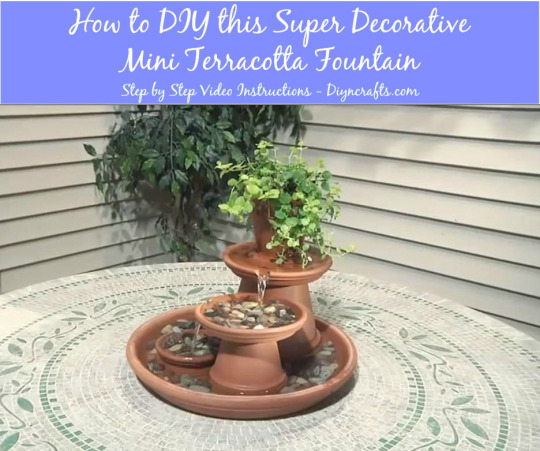
I've seen people online use all kinds of things to make water features. Some go with terra-cotta pots, pebbles, and a cheap pump to get a small and simple fountain. Others use old tires, clay, and a hole in the ground to create an in-ground mini pond system. If all else fails, even a bucket or watertight box with a few plants in it can do the trick--though do be wary of mosquitoes if the water isn’t moving. In situations like these, a solar-powered fountain pump or bubbler are great for keeping the water moving while still making it a drinking option for wildlife (it not even more appealing for some)--and these items can be obtained fairly cheap online!
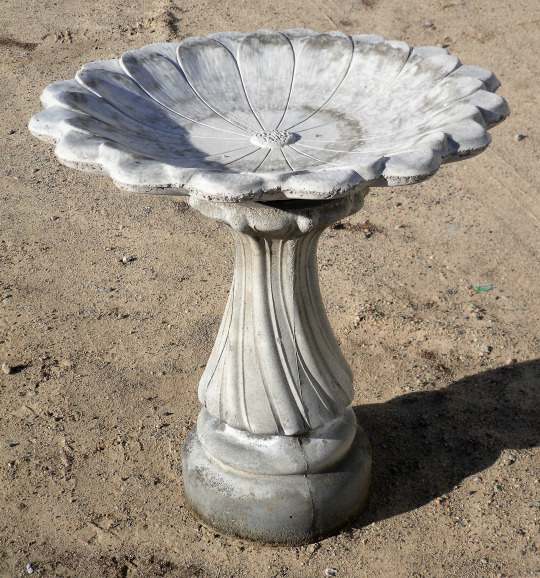
Bird baths are an option as well--a classic way to provide for birds in your area, they can be easy to find online or in a gardening store! The only downside is that a good, quality bird bath can be pricey up-front. However, a nice stone bird bath should last a long time, be easy to clean and refill, and be enjoyed by many birds! I’ve also seen tutorials on how to make your own with quickcrete! Bird baths will be a welcome sight to birds, as they provide a space for them to drink and bathe to regulate the oils in their feathers for flight and insulation. Putting a stone in the middle will also help insects to escape if they fall in, and provide a place to perch so they can get their own drink. You’ll want to change the water and clean the baths regularly--as often as once a week, if you can manage it.
If possible, it’s highly encouraged to fill and refill water features with rainwater instead of tap water. Tap water is often treated, so instead of using hoses or indoor kitchen water, collecting some rainwater is a great alternative. Collecting rainwater can be as simple as leaving cups, bins, or pots outside for awhile.
Butterflies and other creatures will also drink from mud puddles. If you can maintain an area of damp soil mixed with a small amount of salt or wood ash, this can be fantastic for them! Some plants also excel at storing water within their leaves and flowers (bromeliads come to mind), making them an excellent habitat for amphibians as well as a drinking spot for insects and birds.
Bird Feeders and Bird Houses

Some of the fancy, decorated bird feeders are expensive, but others can be pretty low-cost--I got my bird feeder from Lowe’s for around 10 dollars, and a big bag of birdseed was around another 10 dollars and has lasted several refills! If you don’t mind occasionally buying more birdseed, a single birdfeeder can do a lot to attract and support local birds! If you’re handy, have some spare wood, and have or can borrow some tools, you may even be able to find instructions online to make your own feeder. You may not even need wood to do so! Even hummingbird feeders, I’ve found, are quick to attract them, as long as you keep them stocked up on fresh sugar water in the spring and summer!
An important note with bird feeders is that you have to make sure you can clean them regularly. Otherwise, they may become a vector for disease, and we want to avoid causing harm whenever possible. Also keep an ear out and track if there’s known outbreaks of bird diseases in your area. If local birding societies and scientists are advising you take your birdfeeders down for awhile, by all means, do it!

Bird houses are naturally paired with bird feeders as biodiversity promoters for backyard spaces, and it makes sense. Having bird houses suited to birds in your area promotes them to breed, raise their young, disperse seeds, and generally engage in your surrounding environment. Setting them up takes careful selection or construction, preparation, and some patience, but sooner or later you might get some little homemakers! Keep in mind, you will need to clean your birdhouses at least once a year (if not once per brood) to make sure they’re ready and safe for birds year after year--you wouldn’t want to promote disease and parasites, after all. But they could be a valuable option for your landscape, whether you purchase one or construct your own!
Again, do make sure you're putting up the right kind of boxes for the right kinds of birds. Bluebird boxes are some I see sold most commonly, but in my area I believe they're not even all that common--a nesting box for cardinals or chickadees would be far more likely to see success here! And some birds don't even nest in boxes--robins and some other birds are more likely to use a nesting shelf, instead! Research what birds live in your area, take note of any you see around already, and pick a few target species to make homes for!
Solitary Bee Houses

A bee house or bee hotel is a fantastic way to support the solitary bees in your area! For a few dollars and some annual cleaning, you can buy a solitary bee house from most big box nurseries. Alternatively, you can make one at home, with an array of materials you may already have lying around! You can even make them so that they’ll benefit all kinds of insects, and not necessarily just bees.
Though you don’t even necessarily have to break out the hammer and nails, buy a ton of bricks, or borrow a staple gun. Making homes for tunneling bees can be as simple as drilling holes in a log and erecting it, or drilling holes in stumps and dead trees on your property. You might even attract some woodpeckers by doing this!
Providing Nesting Area
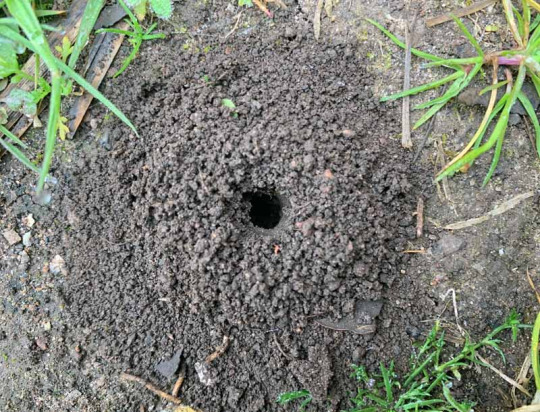
There are tons of different kinds of bees, and they all make different kinds of homes for themselves. Not all of them make big cavity hives like honey bees, or will utilize a solitary bee house. Bumblebees live in social hives underground, particularly in abandoned holes made by rodents--some others nest in abandoned bird nests, or cavities like hollow logs, spaces between rocks, compost piles, or unoccupied birdhouses. Borer, Ground, and Miner bees dig into bare, dry soil to create their nests. Sparsely-vegetated patches of soil in well-drained areas are great places to find them making their nests, so providing a similar habitat somewhere in the garden can encourage them to come! I do talk later in this document about mulching bare soil in a garden--however, leaving soil in sunny areas and south-facing slopes bare provides optimal ground nesting habitat. Some species prefer to nest at the base of plants, or loose sandy soil, or smooth-packed and flat bare ground. They’ve also been known to take advantage of soil piles, knocked over tree roots, wheel ruts in farm roads, baseball diamonds and golf course sand traps. You can create nesting ground by digging ditches or creating nesting mounds in well-drained, open, sunny areas with sandy or silty soil. However, artificially constructed ground nests may only have limited success.
Providing Alternative Pollinator Foods
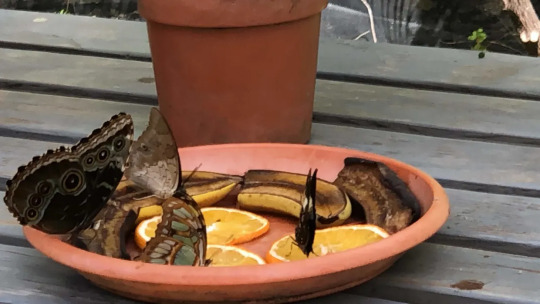
Nectar and pollen aren’t the only foods sought out by some pollinators! Some species of butterflies are known to flock to overripe fruit or honey water, so setting these out can be an excellent way to provide food to wildlife. You may want to be cautious about how you set these out, otherwise it can help other wildlife, like ants or raccoons. Butterflies may also drop by to visit a sponge in a dish of lightly salted water.
Bat Houses and Boxes
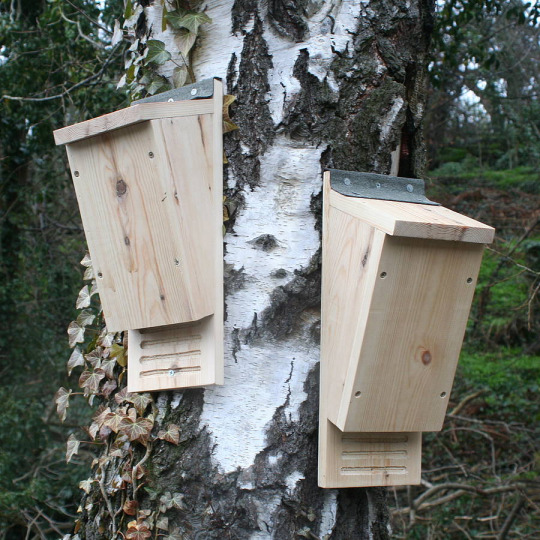
Big or small, whether they support five bats or five hundred, making bat boxes and supporting local bats is a great way to boost biodiversity! Not only will they eat mosquitoes and other pest species, but you may also be able to use the guano (bat droppings) as fertilizer! Do be careful if you choose to do that though--I’ve never had the opportunity to, so do some research into how strong it is and use it accordingly.
Provide Passageway Points
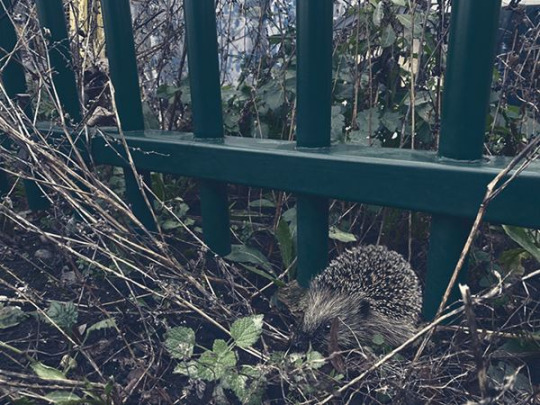
If you want your area to be more accessible for creatures that can’t fly or climb fences, allowing or creating access points can be an excellent way to give them a way in and out. Holes in the bottom of walls or fences can be sheltered with plants to allow animals through.
In a somewhat similar manner, if you’re adding a water fixture, it’s important to provide animals a way to get into and out of the pond--no way in, and they can’t use the water. No way out, and they may drown. Creating a naturalistic ramp out of wood beams or sticks, or stepped platforms out of bricks, stones, or logs can do the trick.
Get or Keep Logs and Brush Piles

I’ve already mentioned logs a good handful of times so far in this post. To be used as access ramps, or as nesting areas for solitary bees. But they have value as much more than that! Logs on the ground provide shelter for all kinds of animals, especially depending on size--anything from mice, reptiles, and amphibians to things like turkey vultures and bears will use fallen logs as shelter. Inside of a decaying log, there’s a lot of humidity, so amphibians are big fans of them--meanwhile, the upper sides of them can be used as sunning platforms by things like lizards. Other animals can also use the insides of logs as nest sites and hiding places from predators too big to fit inside. Fungi, spiders, beetles, termites, ants, grubs, worms, snails, slugs, and likely much more can be found inside rotting logs, using the rotting wood as food sources or nesting places. They can then provide food for mammals, amphibians, reptiles, and birds. They can also be regarded as a landmark or territory marker as wildlife get more familiar with your space.
So how do you get logs for cheap? Try Chip Drop! I talk about them more in a future post, but you can mark saying that you’d like logs in your drop, so they’ll give you any they have! In fact, you may even get a drop faster if you're willing to accept some logs. You may also be able to approach arborists you see working in your area and ask for logs. There may also be local online listings for people selling logs for cheap, or just trying to get rid of them. If there’s land development going on near you, you may be able to snag logs from trees they cut down to make space. Do keep in mind, you don’t need to have huge gigantic logs laying around your property to make an impact--even small logs can help a lot.

If possible, creating and leaving brush piles on the edge of your property can be a great boost to biodiversity--even if you may not see the wildlife using it. They’ll provide shelter from weather and predators, and lower portions are cool and shady for creatures to avoid the hot sun. The upper layers can be used as perch sites and nest sites for song birds, while lower layers are resting sites for amphibians and reptiles, and escape sites for many mammals. As the material decays, they also attract insects, and as such they’ll attract insect-eating animals too. As more small animals find refuse in your brush pile, their predators will be attracted to them as well. Owls, hawks, foxes, and coyotes are known to visit brush piles to hunt. Making a brush pile can be as simple as piling branches and leaves into a mound, as big or as small as you want. You can even use tree stumps or old fence posts near the base, and keep stacking on plant trimmings and fallen branches. Do note that you don’t want to do this near anything like a fire pit.
Don't forget, with all of these, your mileage may vary for any variation of reasons, so don't worry if you can't take all of even any of these actions! Even just talking about them with other people may inspire someone else to put out a bat box, or leave a few logs out for wildlife!
That's the end of this post! My next post is gonna be about ways to get seeds and plants as cheaply as possible. For now, I hope this advice helps! Feel free to reply with any questions, success stories, or anything you think I may have forgotten to add in!
#biodiversity#solarpunk#environmental stewardship#gardening#outdoor gardening#(i know this is literally the Dont Gotta Garden post but these could also be excellent additions to a preexisting garden so)#ani rambles#out of queue#the biodiversity saga#here in the tags to once again emphasize your mileage may vary with all of these#my mom is scared of bats theres no way in hell shes gonna let me put up a bat box#but I have been able to put out a shallow bird bath and a little solarpowered hummingbird bath fountain#do what you can! every bit counts! You may be able to do something that I or your neighbors can't!#for example my nextdoor neighbors have literally no trees in their backyard where the hell would they put a bat box#meanwhile i have trees in my backyard but still can't put up a bat box. maybe the neighbors next to me could!#similarly brush piles are a no go for my family but someone somewhere else could set one up!#i am rambling in the tags now uh long story short do what you can don't stress about what you can't
4K notes
·
View notes
Text

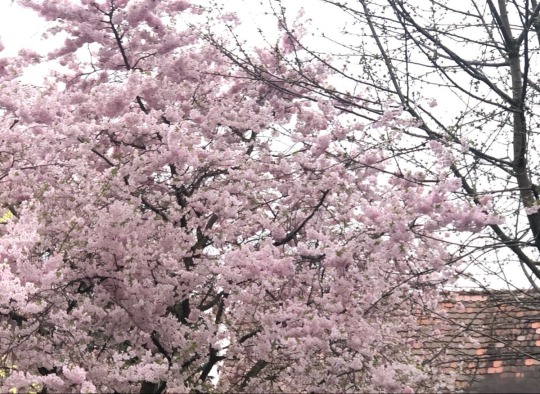

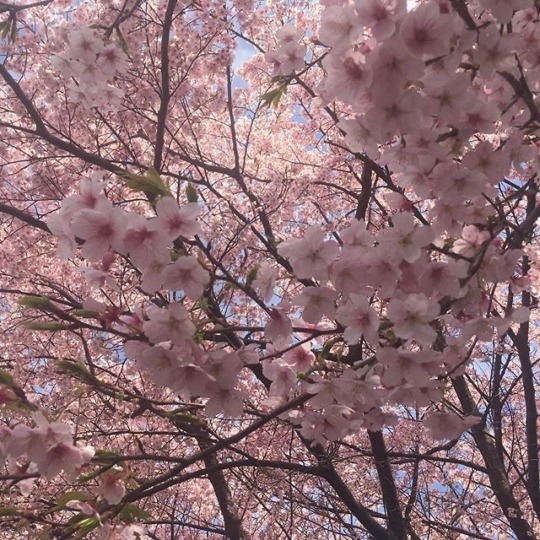
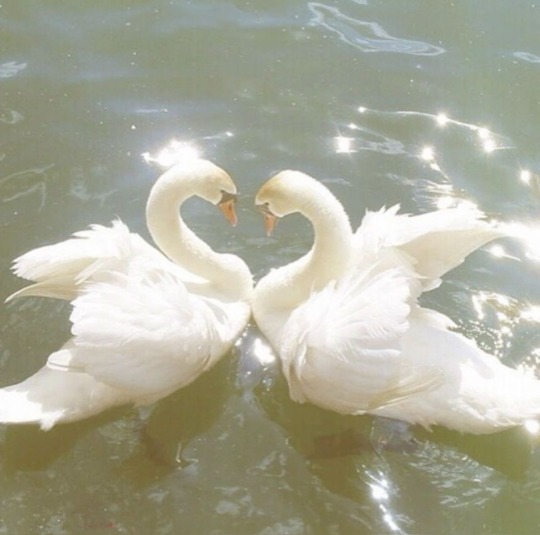
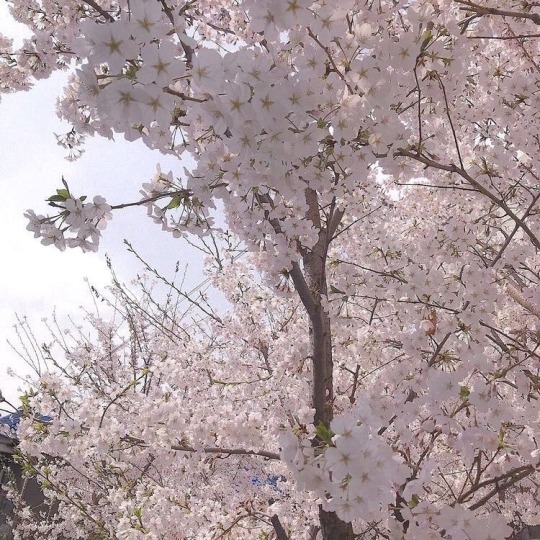

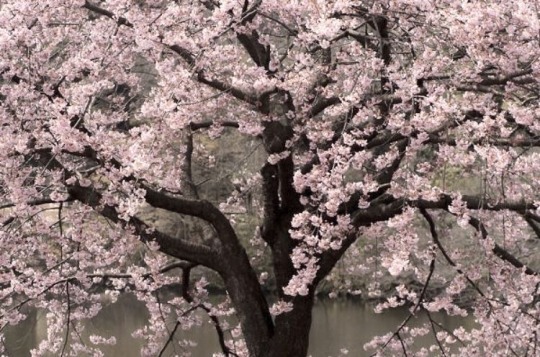
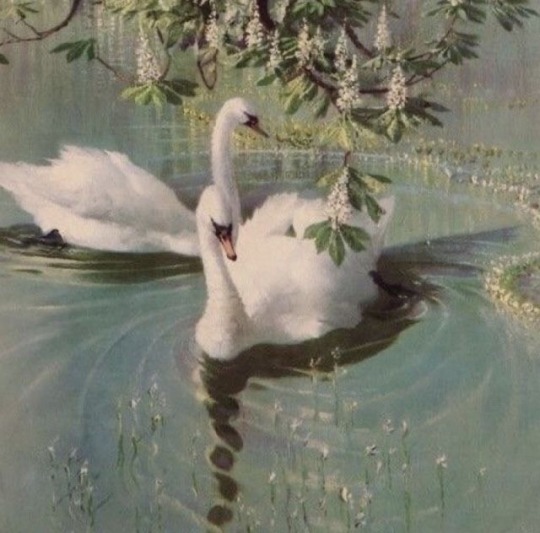
Mayday May Moodboard ‧₊˚❀༉‧₊˚.
#spring 2024#springtime#spring#cherry blossom#garden#swans#may#pink moodboard#coquette moodboard#Moodboard#pink and green#green moodboard#cottagecore#coquette community#coquette aesthetic#girlblogging#this is what makes us girls#pinterest girl#cinnamon girl#female hysteria#girly things#this is a girlblog#coquette#girlblog aesthetic#hell is a teenage girl#im just a girl#gaslight gatekeep girlblog#girlcore#manic pixie dream girl#girly stuff
431 notes
·
View notes
Text

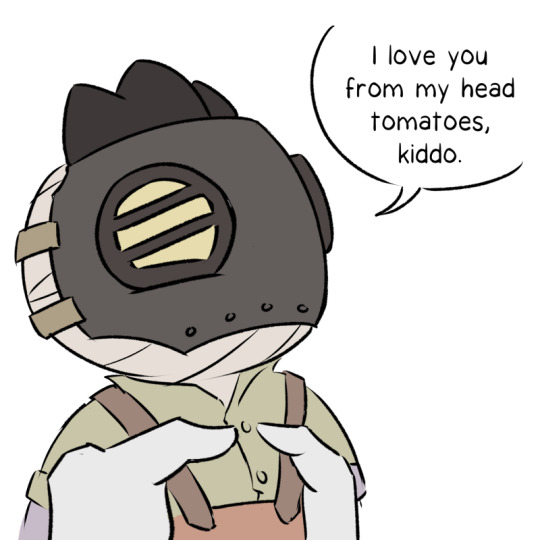

The new Leo pet is emotional damage.
607 notes
·
View notes
Text
Angel of the Eastern Gate 😇🔥

and face close up

and one more purple eyed/ archangel Az for fun lol

#good omens#good omens fanart#good omens 2#fanart#aziraphale#digital art#illustration#drawing#this took so long#good omens aziraphale#this angel has my heart#angel of the eastern gate#garden of eden#hot as hell#swag#gesture drawing#berrypaints
559 notes
·
View notes
Text
Hell’s Garden

"The thing is, Miss Page," he said in a forcefully collected tone, "that I don't remember anything before waking up in the hospital with my face cut into a dozen bloody strips. Since I managed to escape, a few days before the Snap, I've found out this was the work of my best friend Frank Castle. But no, I have no idea why he would do this to me, or — as you say — what I've done to deserve it. So my question — where is he?"
Karen gulped down the rest of her drink, thinking vaguely how the nausea that hit her blended seamlessly with the way his words made her reel, the way her entire night had gone so far, the hunger, the fear, the fury at herself. Why not blame at least part of it on the alcohol?
"He's dead," she said as she thunked the empty tumbler back on the coffee table.
Hell’s Garden (29k words), Kastle post-Snap WIP updated on AO3 :)
13 notes
·
View notes
Text
Please...PLEASE, tell me there's more yuri like this 😭
1 note
·
View note
Text

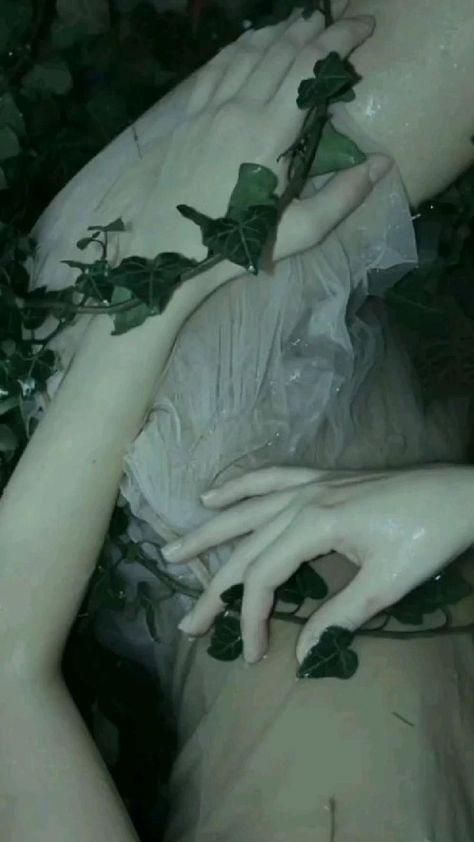
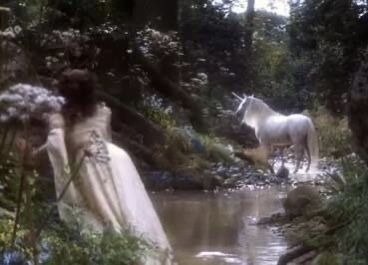


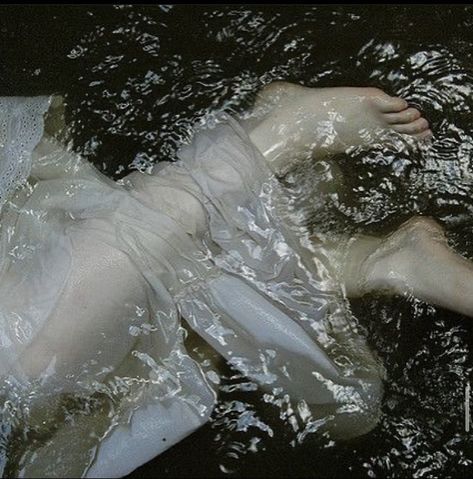
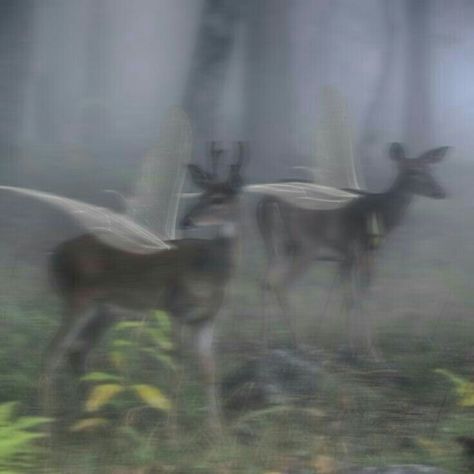
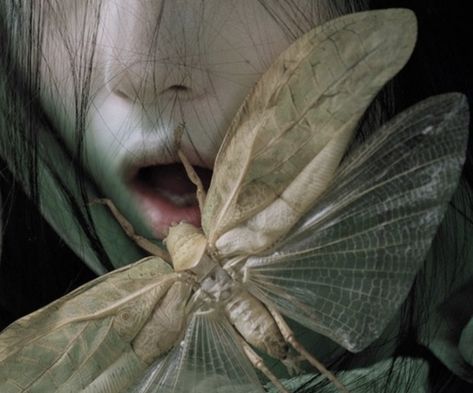
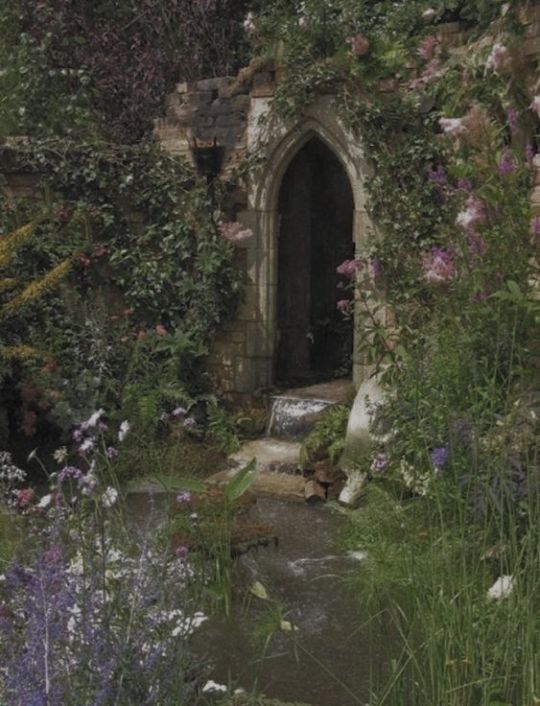
Dark forest nymph ˚。⋆⊹₊ ⋆.𖥔 ݁ ˖
#forest nymph#forest fairy#dark forest nymph#spring#girlblogger#girlblog#girlblogging#coquette girl#girlhood#hell is a teenage girl#girl interrupted syndrome#coquette#localy hated#moodboard#springtime#garden#manic pixie dream girl#cinnamon girl#girl blogger#girl blogging#girl blog#girl hysteria#girl interupted syndrome#girl problems#girl rotting#girl things#girlblog aesthetic#girlcore#girlrotting#girly aesthetic
233 notes
·
View notes
Text

Love Fresh Outdoor Vegetables
#gardening#vegetables#bibs#bib overalls#outdoors#beauty#sexy content#adult model#beautiful girls#pretty girls#beautiful women#hot as fuck#spicy content#amazing body#hot as hell#so hot 🔥🔥🔥#great bodi#hot nude#beautiful#sexy breasts#sexy breast#sexy titts#country girl#country girls#cowgirl#cowgirls#farm girl#farm girls#outside#cowboy hat
205 notes
·
View notes
Text
I guess I never posted an otgw sticker sheet I did this autumn. I barely draw with real pencil, but this has some fun results. I like the way woodsman turned out the most
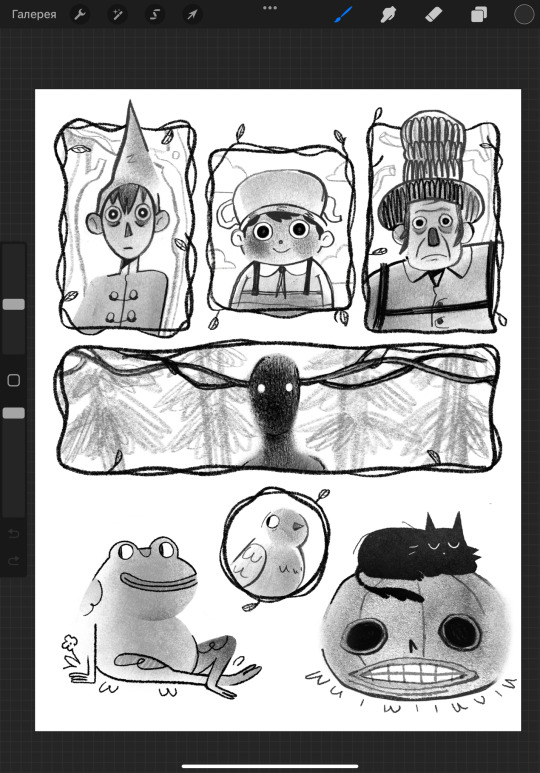
215 notes
·
View notes
Photo

I love them your honor
#genshin leaks#genshin impact#arlecchino#sandrone#arledrone#I HONESTLY DIDNT THINK I WOULD ACTUALLY LIKE LONG HAIR ON ARLE BUT THEY REALLY DID SOMETHING BY GIVING HER A LOW PONYTAIL;;;#rika pokemon looking ass..... i love u sm#sandrone looks SO pretty too and I wasn't expecting her outfit to be as dark as it is#also curious about the lil key thing jammed into her back ngl she's like a lil wind up toy#LOWKEY kinda grieving over her being the size of a garden gnome tho#@ the other 5 tall woman model sandrone believers we lost#random observation but i like how in all of sandrone's appearances she either is making a neutral :I face or a :) face#despite this I still can and will draw her looking like she's constipated because it's funnier#her being officially short now only proves my point further because short people are closer to hell and thus angrier#just like me fr
552 notes
·
View notes